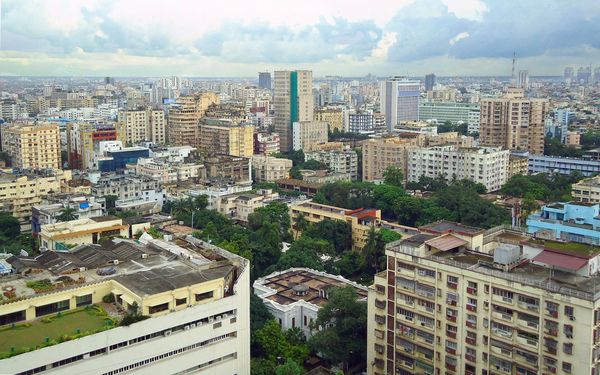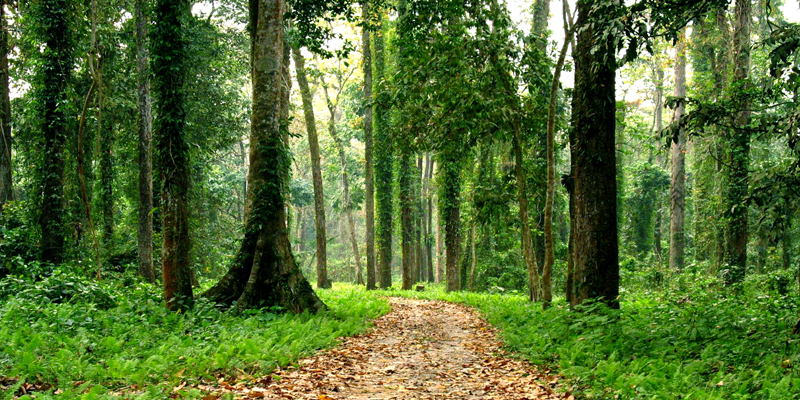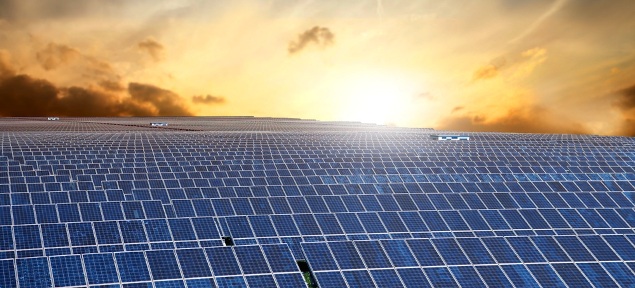The West Bengal Pollution Control Board (WBPCB) is a statutory regulatory authority of the Bengal Government. It is responsible for setting standards and monitoring pollution levels and taking steps as and when required.
Among its responsibilities, functions and activities are:
- Monitoring and control of industrial effluents and emissions
- Management of wastes in coordination with urban local bodies
- Installation of online effluent quality monitoring system at 42 grossly polluting industrial units
- Control of vehicular tail pipe permission, especially in Kolkata, by working in collaboration with the State Transport Department and Kolkata Traffic Police
- Provision of e-rickshaws in rural areas
- Installation of rainwater harvesting structures in 32 schools and solar panels on the roofs of 200 schools
- Creation of environmental awareness programmes on World Environment Day, organising rallies, cultural programmes and training programmes, reclamation and beautification of waterbodies and parks, distribution of non-toxic colours to idol-makers participating in various fairs, etc.
- Effective use of the fly ash generated in thermal power plants
- Provision of solid waste management units in rural areas
These and other measures being taken by WBPCB are resulting in the improvement of all aspects of the environment of the State.
Source: Departmental Budget



